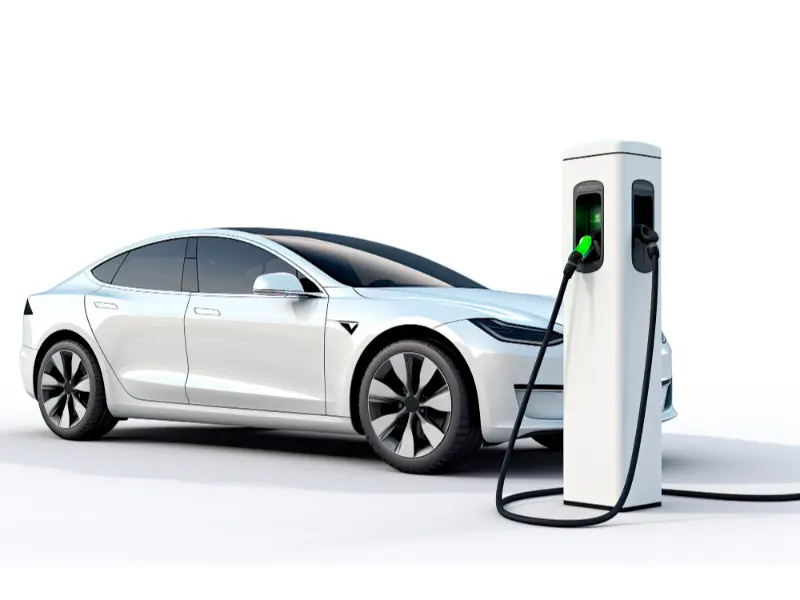- Tesla achieved a record in Q4 by delivering 484,507 electric vehicles, surpassing market expectations and meeting its 2023 target. However, the Chinese EV giant BYD stole its crown in the final three months of 2023.
- Apart from the margin loss, Tesla will face more challenges brought by rigorous regulatory scrutiny over its driver-assistant system, the end of tax credits for several models in 2024, and the absolutely booming and innovative EV industry in China.
BYD surpasses Tesla in Q4 electric vehicle sales, delivering 526,409 vehicles to Tesla’s 484,507. Tesla, despite achieving record deliveries and meeting its 2023 target, falls short of Elon Musk’s annual goal. BYD’s successful price cuts impact both companies’ margins, leading Tesla to increase discounts. Regulatory scrutiny and the end of tax credits add challenges for Tesla, prompting potential continued price cuts. Despite BYD’s Q4 success, Tesla remains the top EV seller for the entire year. Can Tesla survive the toughness: price wars, regulatory hurdles, and market share battles in the EV arena?
BYD stole Tesla’s spot as the top EV maker by Q4 sales
Tesla achieved a record-breaking delivery of electric vehicles in the October-to-December period, surpassing market expectations and meeting its 2023 target, but lost its spot as the top EV maker by sales to China’s BYD.
Tesla delivered 484,507 EVs in the fourth quarter, falling short of the 526,409 vehicles that Warren Buffett-backed BYD handed over – mostly in China – suggesting that car buyers were looking for more affordable models in a high-interest-rate economy.
While the US automaker’s year-end sales push mostly paid off, allowing it to deliver 1.8 million vehicles in 2023, it fell short of Elon Musk’s 2 million annual target. Nevertheless, it is still ahead of BYD for the entire year, as the Chinese company delivered a total of 3.02 million vehicles.
Also read: Tesla Cybertruck finally arrives 4 years late, price double expectations
Where is the way out for Tesla
BYD’s price cuts are proved successful for the market. However, this move has definitely impacted both companies’ margins. Global EV giant Tesla accordingly increased discounts and offered incentives like six months of free fast charging if customers took deliveries by December-end, in a bid to boost sales before some variants of its compact Model 3 sedan lose U.S. federal tax credits in 2024.
“The fight will hurt margins for both companies, but BYD clearly believes it’s a price worth paying to increase market share and recognition,” said Susannah Streeter, head of money and markets at Hargreaves Lansdown.
Meanwhile, Tesla is struggling with strict regulatory scrutiny over its self-driving system and the end of tax credits under the Inflation Reduction Act (IRA). This car maker is highly expected to further update the software in its Autopilot active driving assistance (ADA) system for more than 2 million affected vehicles after a federal safety investigation determined that it’s too easy for drivers to misuse the feature. Analysts suggest potential continued price cuts to maintain demand, particularly for models losing tax credits.
Although Tesla remains the top one EV seller last year, it is worth noting that BYD by far has limited access to the western market while Tesla, widely sold in China, the largest EV market worldwide.

